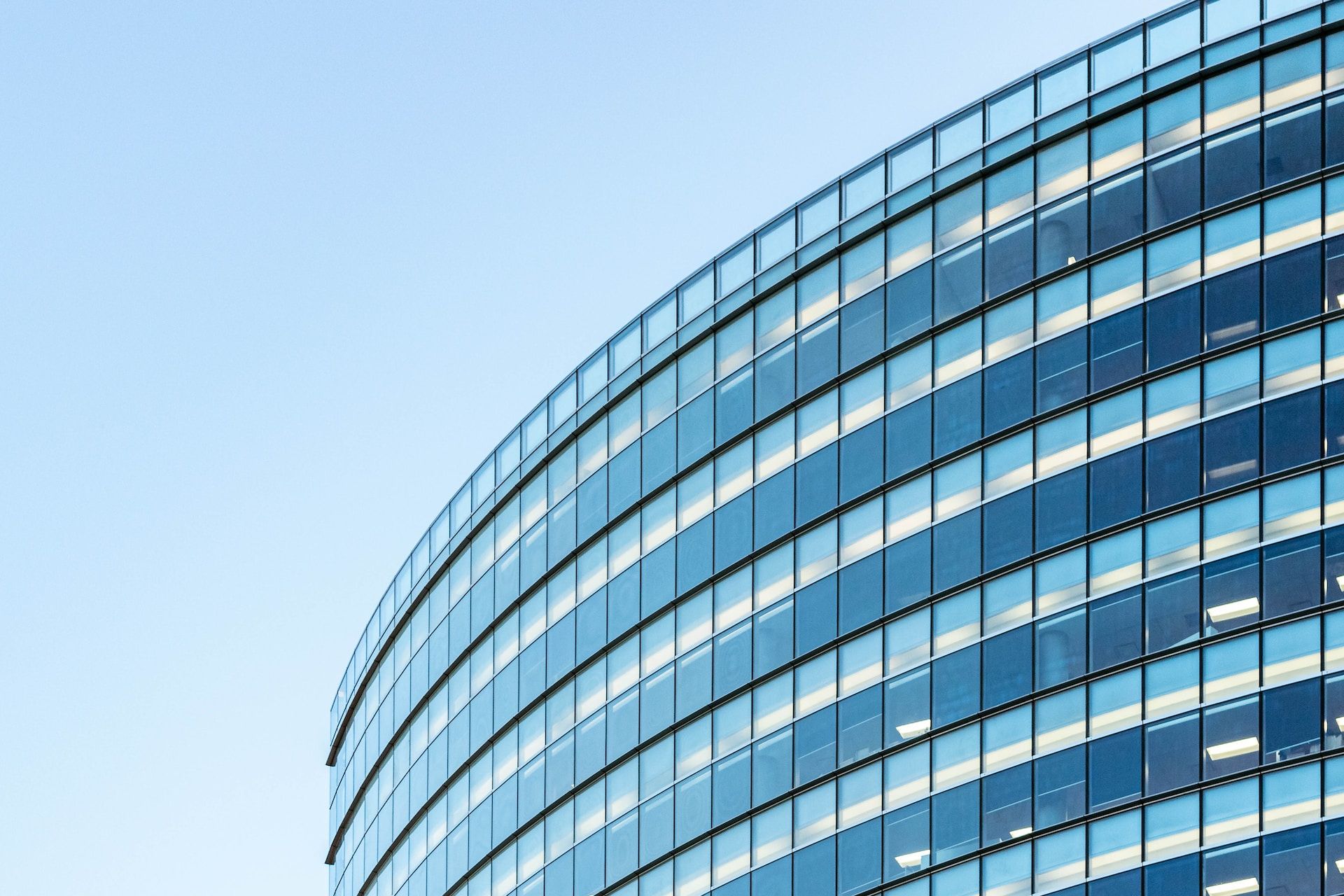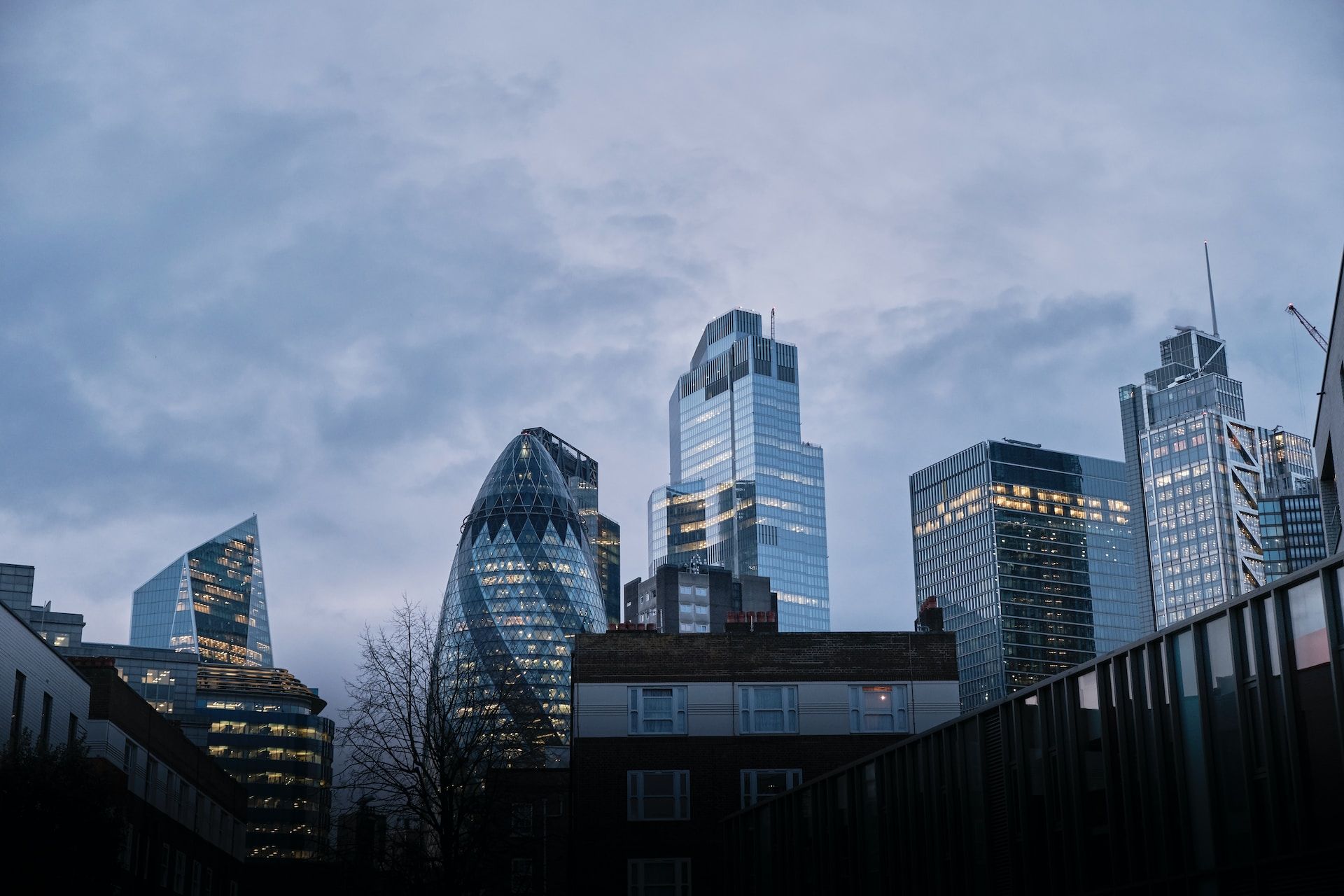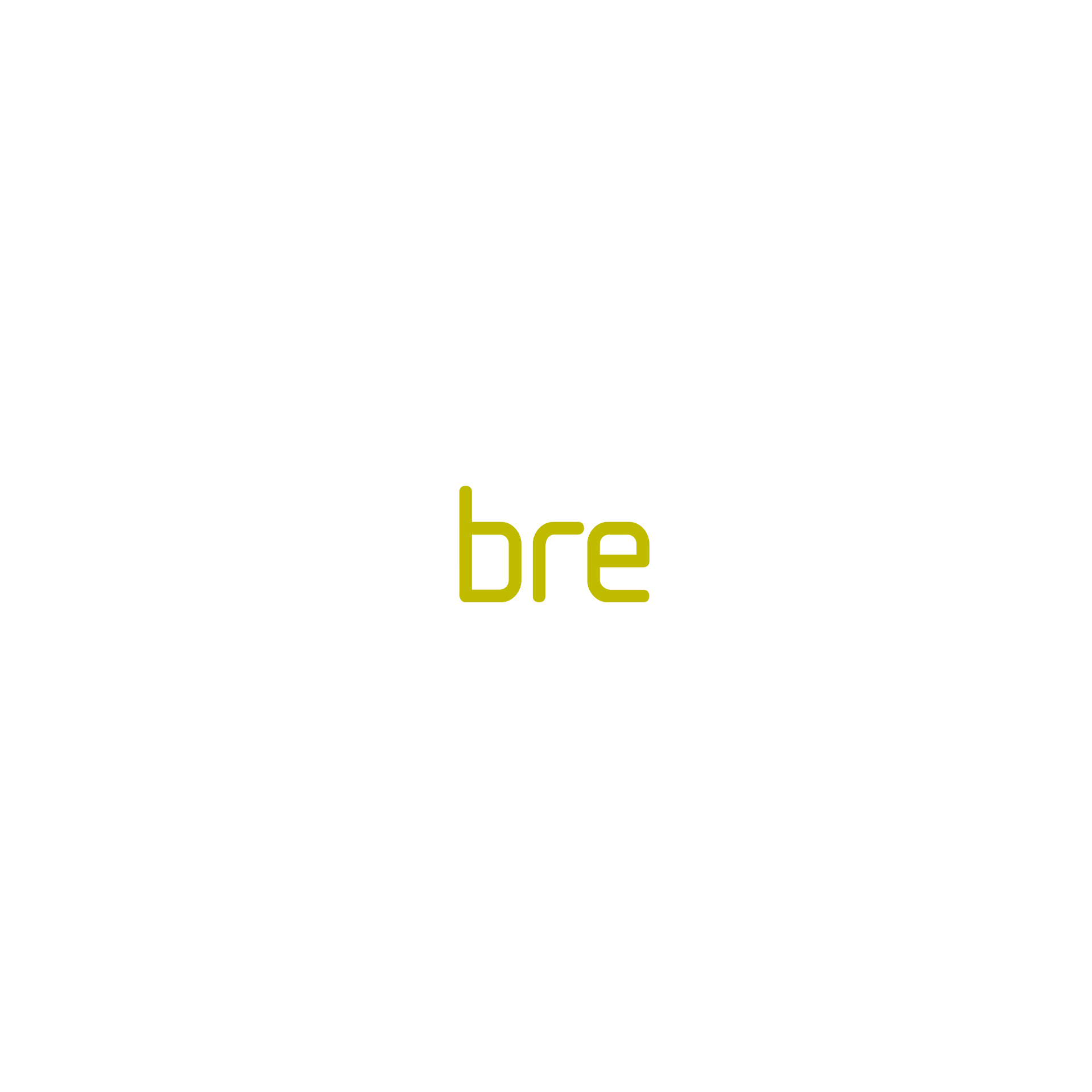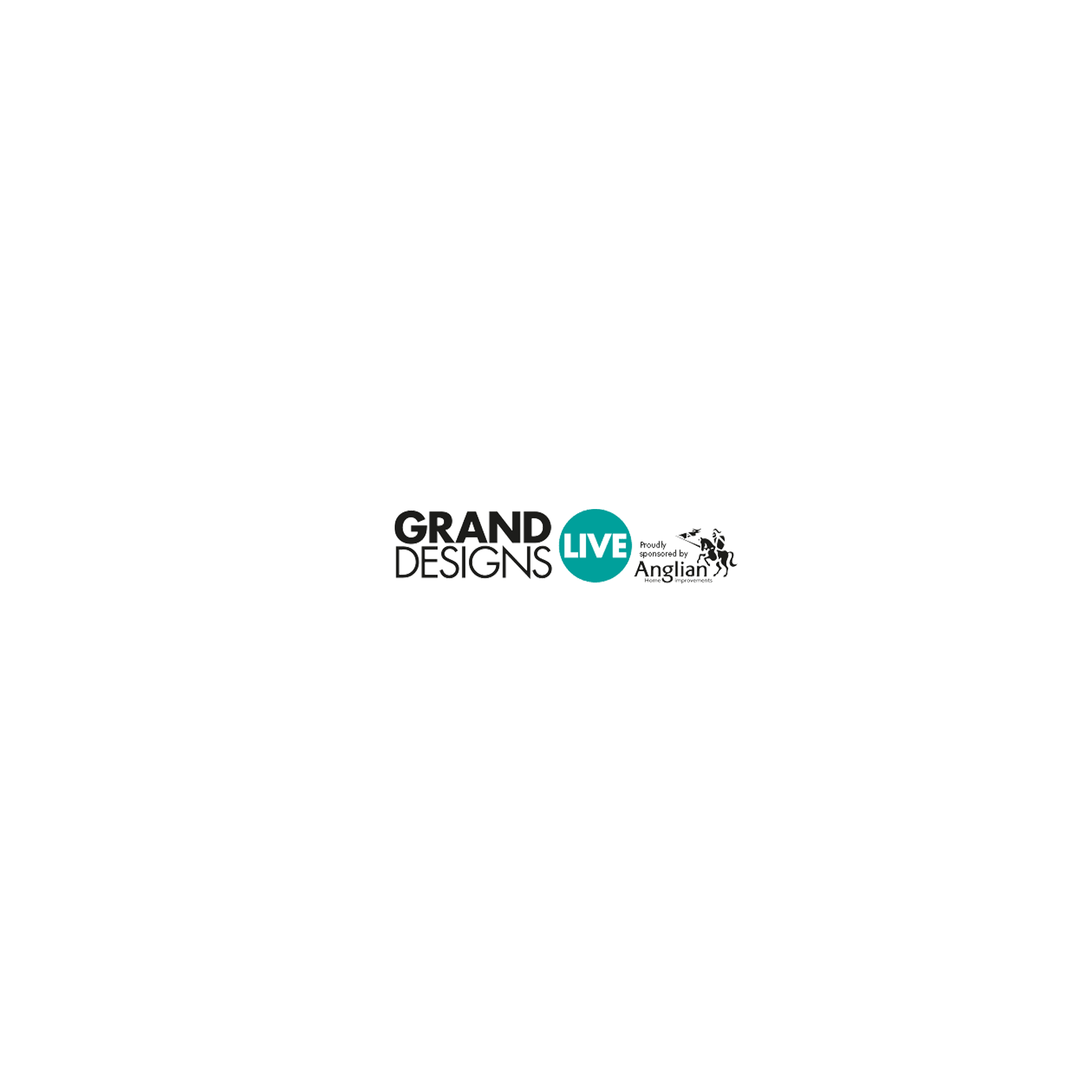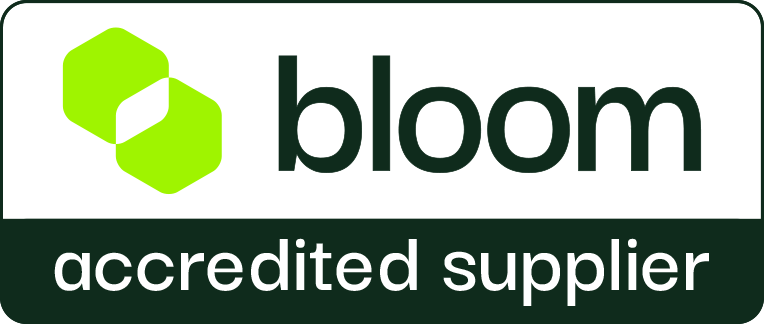How to take a best practice approach to fabric optimisation and energy saving products
Fabric-first is a design philosophy that emphasises the importance of carefully considering and selecting the fabric or materials used in building construction before designing the rest of the building. This approach prioritises the use of high-quality, durable, and sustainable materials that can contribute to the long-term performance and energy efficiency of the building.
Why go fabric-first?
The fabric-first approach can be contrasted with more traditional design approaches that prioritise the use of mechanical and technological solutions to achieve energy efficiency. The fabric-first approach aims to reduce the energy demands of the building by using materials that can provide natural insulation, ventilation, and lighting, thereby reducing the need for mechanical solutions.
There are several benefits to adopting a fabric-first approach in building design. First, it can lead to buildings that are more energy-efficient and sustainable, as they rely on
low-carbon natural materials and passive design strategies to reduce energy use. Second, it can lead to buildings that are more comfortable and healthy for occupants, as natural materials can provide better indoor air quality and thermal comfort. Finally, it can lead to buildings that are more resilient and durable, as high-quality materials can better withstand wear and tear and natural disasters.
A closer look at the importance of insulation
The Grenfell Tower fire tragedy in 2017 highlighted the critical importance of proper insulation in buildings. As a result, there has been increased scrutiny and regulation of building insulation materials and their use in construction. The future of insulation after Grenfell is likely to involve a shift towards safer and more sustainable materials that can better resist fire and provide effective thermal insulation.
There is a growing trend towards using insulation materials that are "breathable" and can help regulate indoor humidity levels, which can improve indoor air quality and reduce the risk of mould growth. This could lead to the use of materials such as aerogel and other advanced insulation products that can provide both thermal insulation and breathability.

Low carbon insulation is a type of insulation material or product that has a low carbon footprint or a reduced impact on the environment. The term "carbon" in this context refers to greenhouse gas emissions, particularly carbon dioxide (CO2), which is the primary driver of climate change. Insulation plays a crucial role in reducing energy consumption and greenhouse gas emissions from buildings, which account for a significant portion of global energy use and emissions.
Low carbon insulation can be achieved through various means, including the use of recycled materials, natural materials, and materials that require less energy to produce. For example, insulation products made from recycled plastic bottles or natural fibres like wood-fibre and hemp have a lower carbon footprint compared to products made from petrochemicals, with a similar thermal performance to glass fibre or mineral wool. Additionally, some insulation products use less energy in their production, such as cellulose insulation made from recycled newspaper.
In addition to reducing the carbon footprint of insulation materials themselves, low carbon insulation can also help reduce the carbon footprint of buildings by reducing energy consumption and greenhouse gas emissions. Insulation helps to keep buildings warm in the winter and cool in the summer, reducing the need for heating and air conditioning, which are significant sources of greenhouse gas emissions.
The 9 steps to success
Taking a best practice approach to building fabric optimisation, whole life carbon, and energy-saving products involves several steps. Here are some tips:
- Conduct a building energy audit: This involves reviewing your building's current energy usage and identifying areas that can be optimised. Assessing the building’s thermal performance, reviewing the building design and materials, and identifying energy usage patterns. Ideally the energy audit should understand the preceding 5-years of energy use and will act as a SWOT analysis for developing an energy strategy.
- Optimise building fabric:
Once you have identified areas for improvement, you can implement measures to optimise building fabric, such as understanding the cost and carbon benefit of improving insulation, sealing air leaks, upgrading windows and doors, and using high-performance roofing materials.
- Choose sustainable building materials: Choose sustainable building materials made from natural or recycled fibres, such as insulation, cladding, and flooring to reduce the upfront carbon.
- Reduce whole life carbon: Reducing whole life carbon is an important consideration when constructing buildings. Consider the carbon footprint of materials, transportation, and installation, repair and replacement. For example, renewable technology transported halfway across the world may greatly reduce the in-use carbon emissions, but need replacement at least a couple of times throughout the lifecycle of the building.
- Use energy-efficient equipment:
Investing in energy-efficient equipment is one of the most effective ways to save energy. Look for equipment that is Energy Rating Labels UK certified, which indicates that it meets strict energy efficiency guidelines.
- Use LED lighting: LED lighting is more energy-efficient than traditional incandescent bulbs. Switching to LED lighting can significantly reduce your energy consumption and enables daylight responsiveness, timed on/off, remote and presence-controlled on/off.
- Implement energy-saving practices: Encourage employees to turn off lights and equipment when they are not in use - are they ‘burning their bonus’? Set up automatic shutdowns on equipment when not in use.
- Choose eco-friendly products: Choose eco-friendly products made from sustainable materials, including recycled materials.
- Partner with energy consultants: Partnering with energy consultants can help you identify further areas of improvement and potential cost savings. These experts can help you identify the most effective energy-saving measures for your building.
By taking a best practice approach to building fabric optimisation, whole life carbon, and energy-saving products, you can reduce your environmental impact, save on costs, and create a more sustainable building.

How Mesh can help
At Mesh, we can improve building performance design by simulating and analysing the energy performance of a building under different scenarios. This process involves creating a computerised model of the building and analysing how it will perform in terms of energy efficiency, thermal comfort, and indoor air quality. Our modelling can help identify areas for improvement and optimise building design for better energy performance.
Here are some specific ways our modelling can improve building performance design:
- Energy efficiency: We can help identify areas of the building that are likely to consume the most energy, such as lighting, heating, and cooling systems. By simulating the performance of the building under different conditions, such as varying outdoor temperatures and solar radiation, designers can identify opportunities to optimise the building's energy efficiency, such as using natural ventilation or improving insulation.
- Thermal comfort: We can help predict how the building's occupants will experience thermal comfort in different parts of the building. This information can be used to optimise the building's design to provide better thermal comfort, such as adjusting the location of windows or improving insulation to reduce drafts.
- Indoor air quality:
We can help predict the indoor air quality of the building under different scenarios, such as varying outdoor pollution levels and ventilation rates. This information can be used to optimise the building's design to provide better indoor air quality, such as designing for natural ventilation or including air purifiers.
- Whole life carbon: We can test different construction methodologies, building services strategies, and onsite energy generation alongside renewable technologies to understand the whole life carbon of a project in the context of the RICS life cycle stages.
Overall, our modelling can help designers optimise building design for better energy efficiency, thermal comfort, and indoor air quality with a low whole life carbon cycle leading to improved building performance and reduced energy consumption.
SHARE THIS POST WITH YOUR NETWORK


